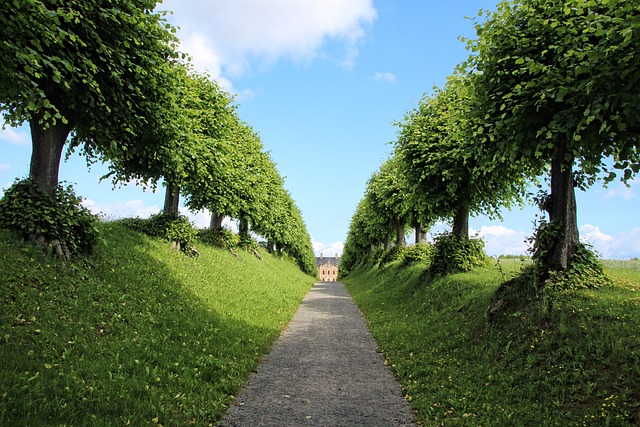Sustainable Spaces: Exploring the Evolution of Green Architecture
In an era where environmental consciousness is no longer optional but essential, green architecture has become a beacon of hope and innovation in the world of design. It’s more than just a trend—it’s a movement that transforms how we think about the spaces we inhabit and their impact on the planet.
At its core, green architecture embodies a harmonious blend of aesthetics, functionality, and sustainability. These designs prioritize natural resources, energy efficiency, and the well-being of both occupants and the environment. Walking into a building conceived with green architecture principles often evokes a sense of peace and connection to nature, reminding us of the delicate balance between human advancement and ecological preservation.
The evolution of green architecture is a testament to humanity’s growing awareness and respect for the Earth. Early designs might have focused primarily on energy savings or incorporating natural light, but today’s green architecture is marked by holistic approaches. From using recycled materials and green roofs to integrating advanced water conservation systems and renewable energy sources, each element works in concert to reduce the ecological footprint.
One of the most inspiring aspects of this evolution is how it fosters creativity and innovation. Architects are challenged to rethink traditional construction methods and innovate with cutting-edge technology. The result? Buildings that breathe, adapt, and even contribute positively to their surroundings—whether through purifying the air, supporting local ecosystems, or generating their own clean energy.
For those passionate about architecture and environmental stewardship alike, embracing green architecture in both professional practice and everyday life becomes a personal mission. It’s about creating spaces that don’t just serve immediate needs but also nurture future generations. These sustainable spaces inspire us to imagine a future where urban landscapes coexist sympathetically with nature’s rhythms, crafting a legacy of resilience and respect.
As green architecture continues to evolve, it redefines what it means to build and live responsibly. Each project becomes a story of possibility—a reminder that thoughtful design can indeed lead us towards a more sustainable and beautiful world.




